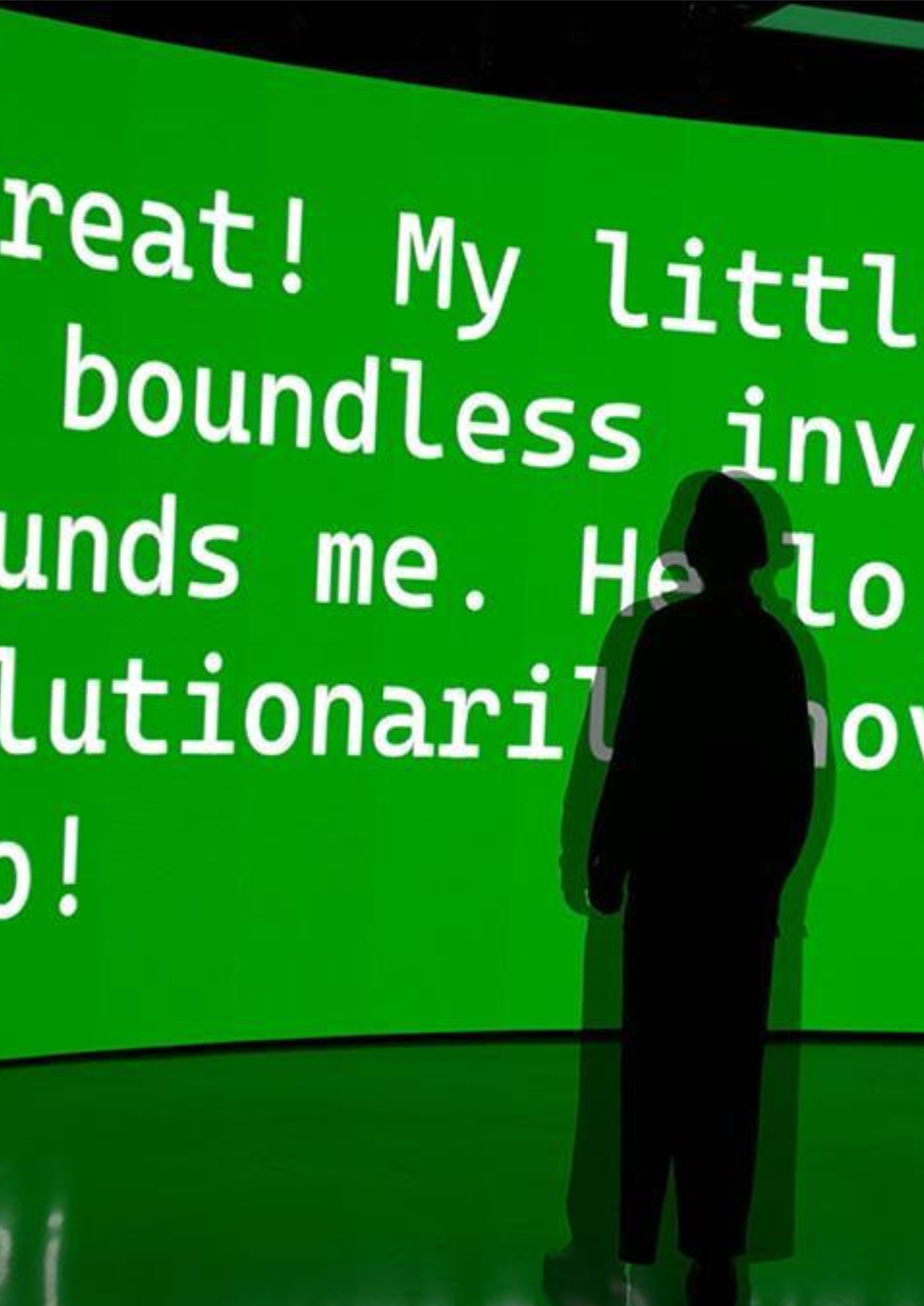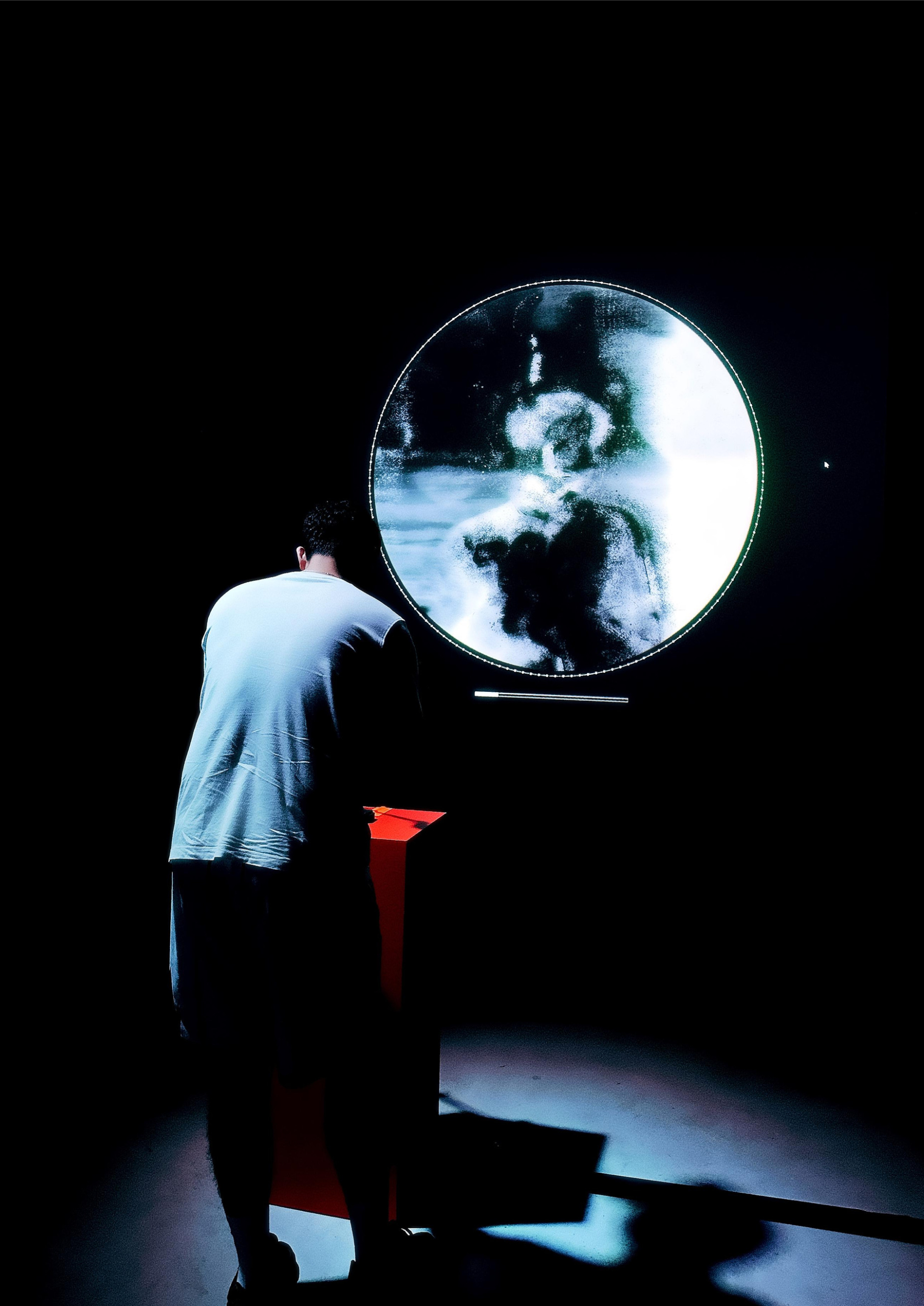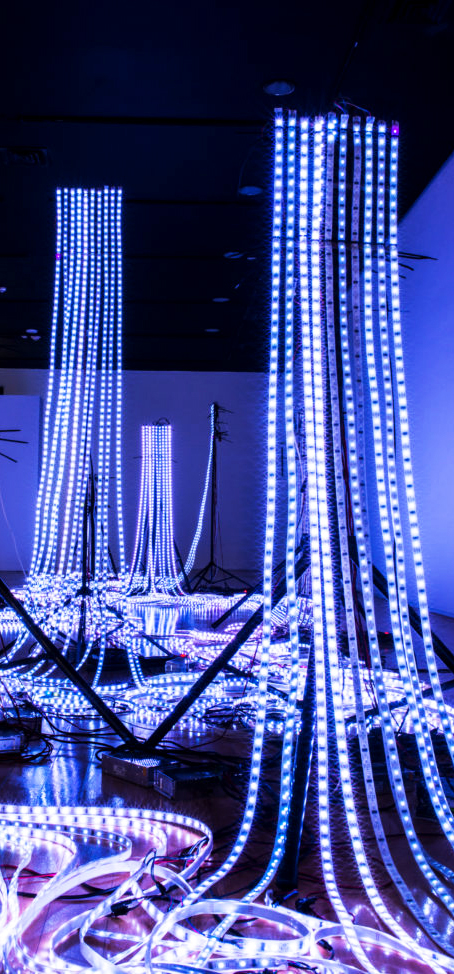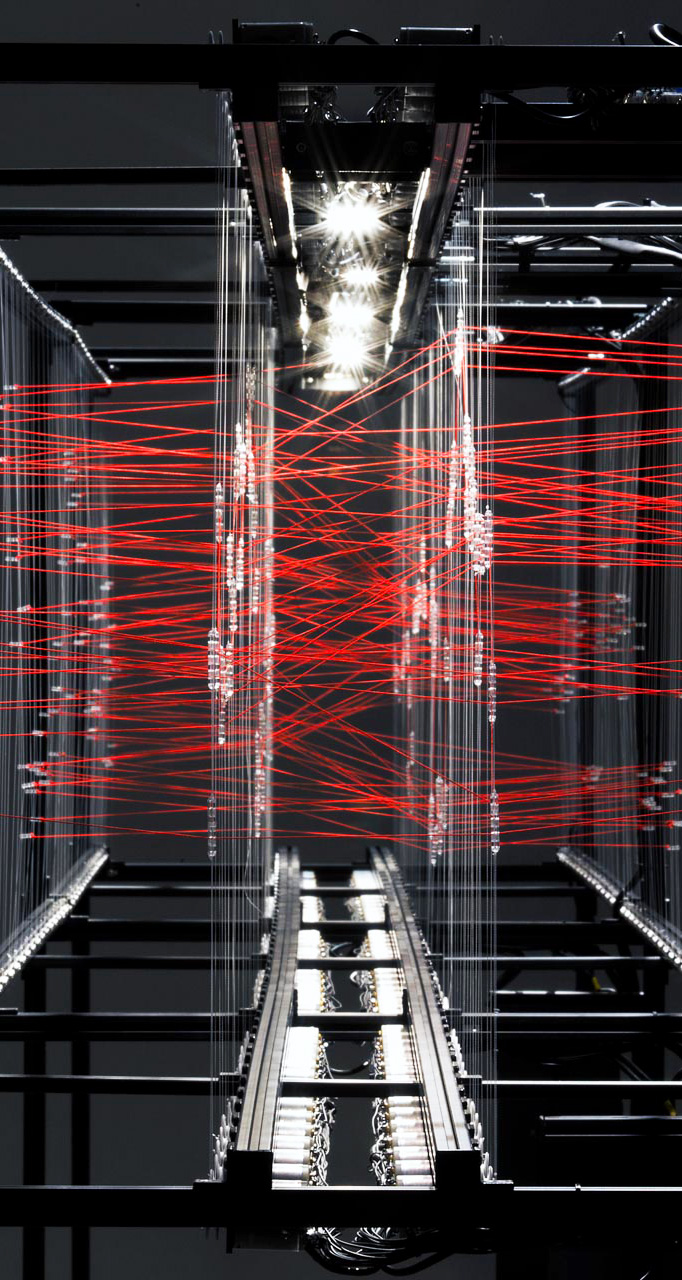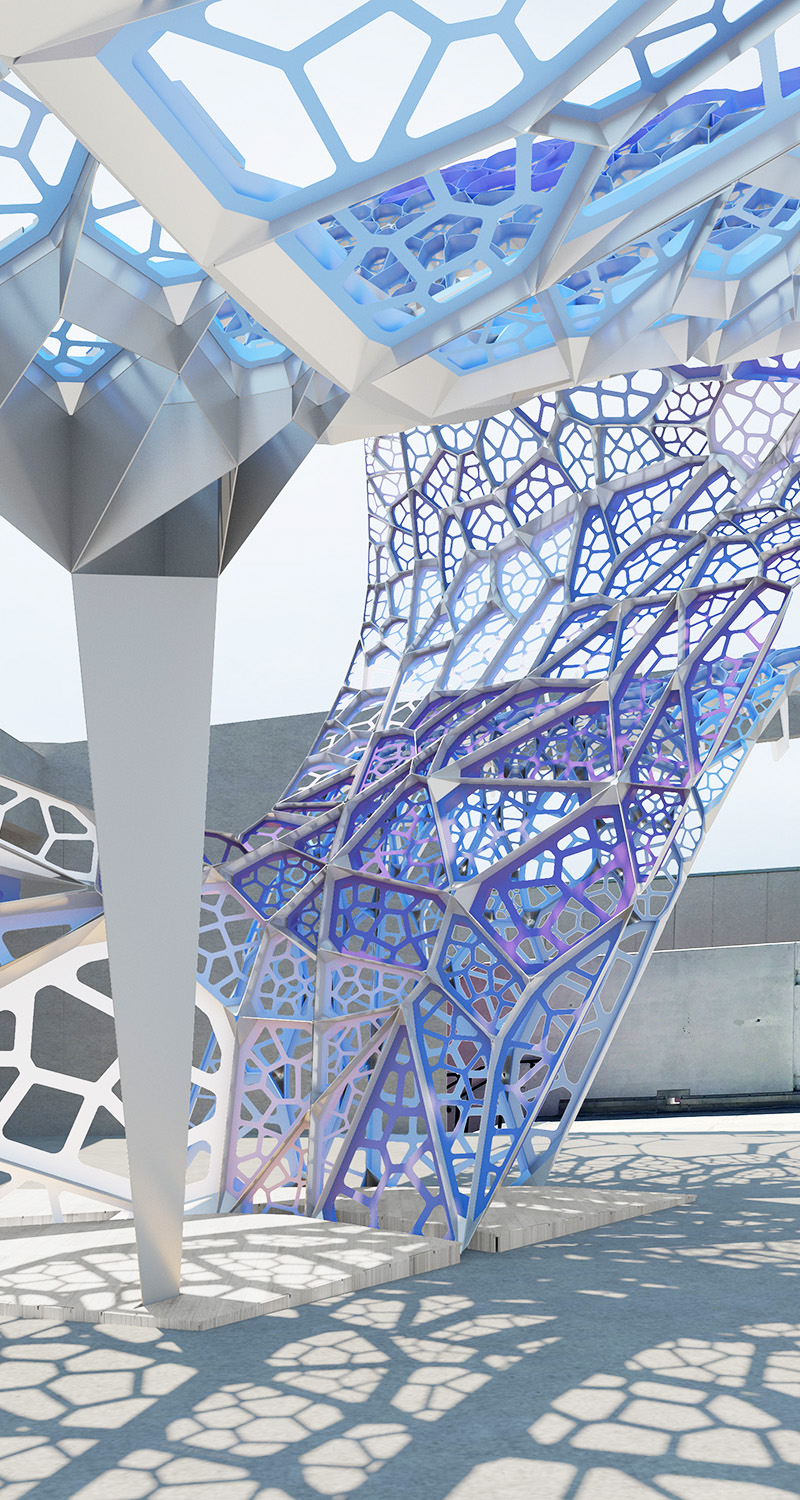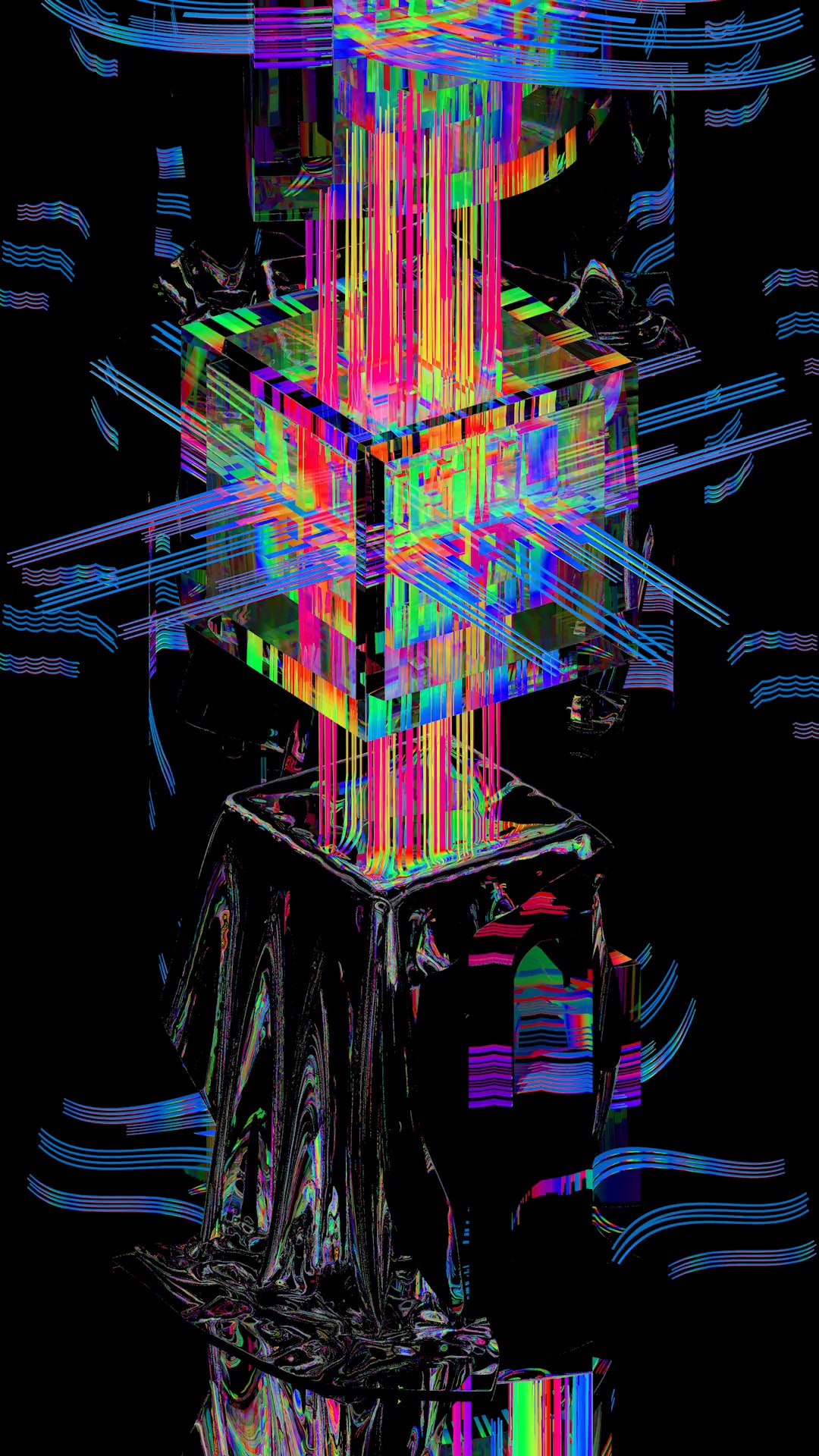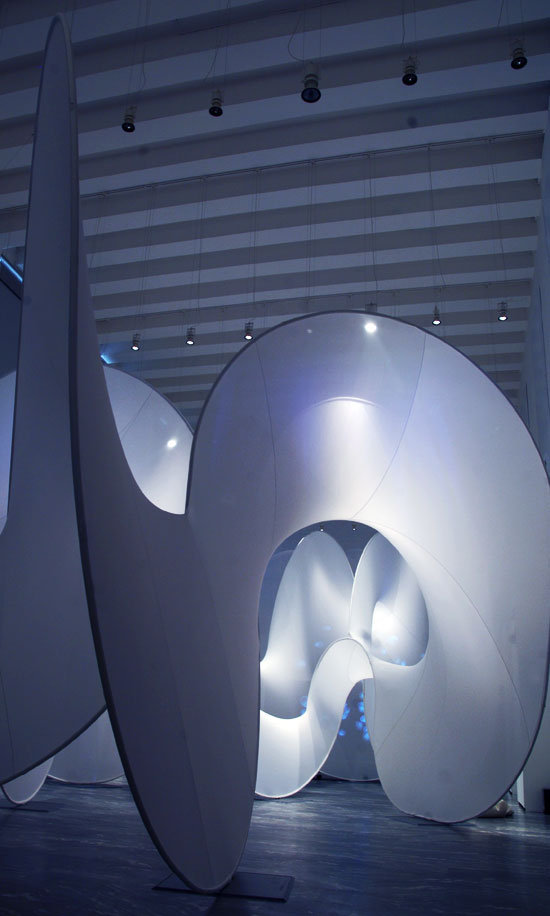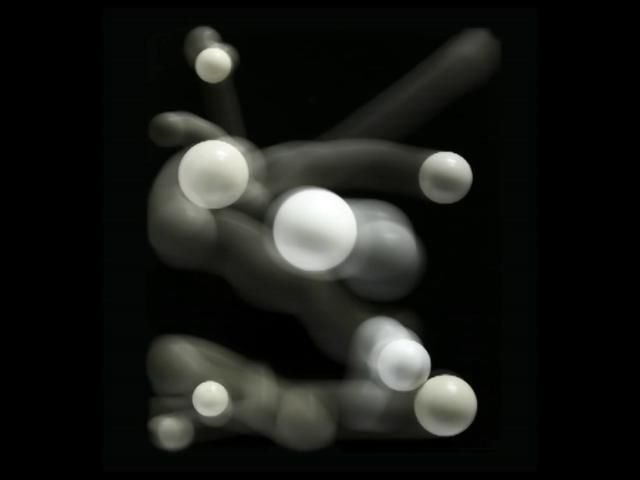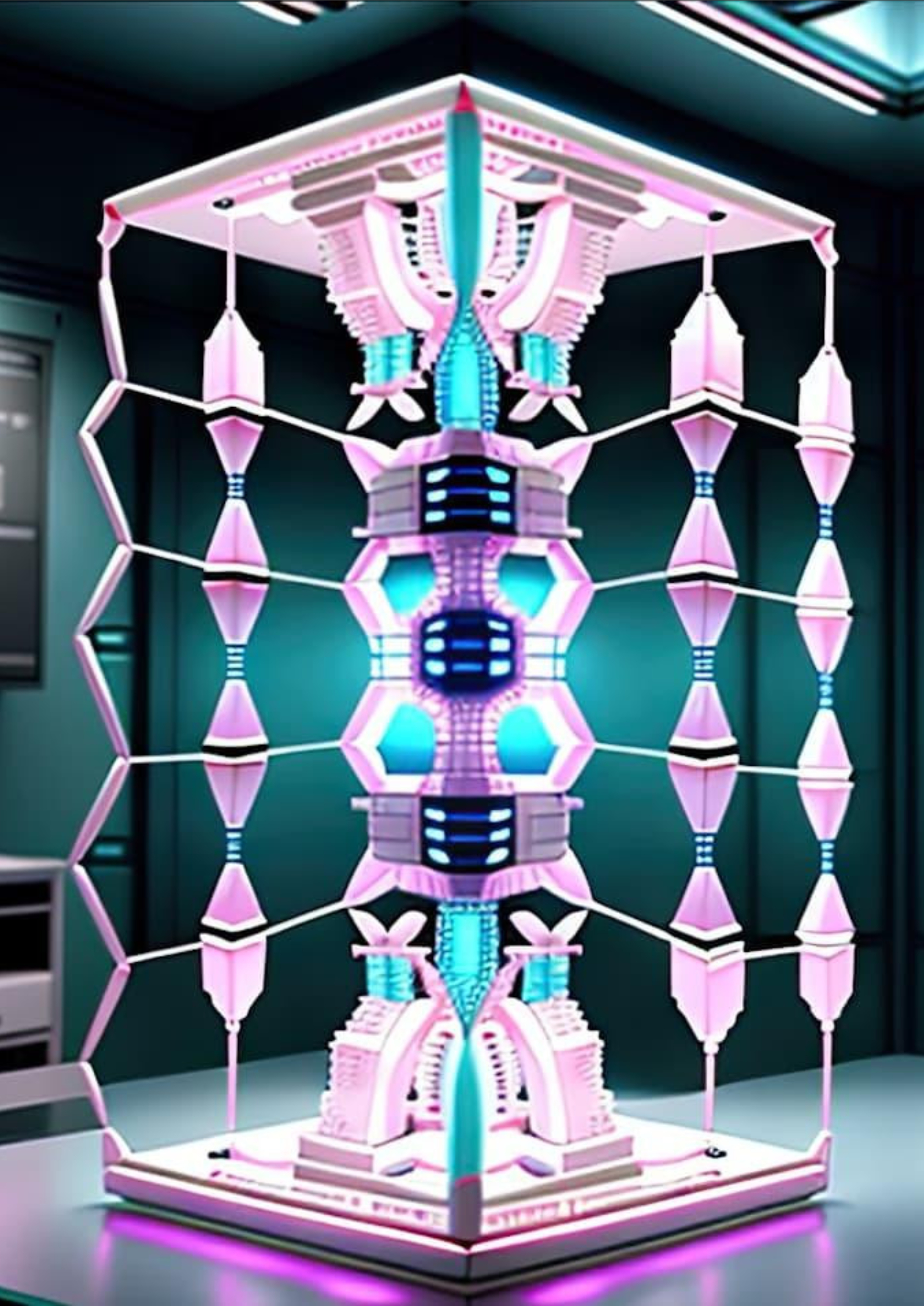
SYNTHETIKA: Callahan Indovina
Daily Diffusion 53 & 86
Callahan Indovina
FILE São Paulo 2025 | AI Videos
Festival Internacional de Linguagem Eletrônica
Daily Diffusion 53 & 86 – Estados Unidos
A série Daily Diffusion de Callahan Indovina foi um projeto de três meses lançado em 2024, quando as ferramentas de IA generativa e diversas plataformas para automatizar animações e fluxos de trabalho ainda estavam em estágio emergente. A série no YouTube tinha como objetivo fornecer fluxos de trabalho, prompts e exemplos sobre como utilizar o Stable Diffusion e vários processos de melhoramento de dados para criar animações psicodélicas. Como muitas de suas obras, a série Daily Diffusion se inspirou nas experiências de Callahan dentro de seus sonhos.
Música: https://www.mubert.com
BIO
Callahan Indovina é um artista espiritualista e psicodélico da Sierra Nevada, Califórnia. Sua expressão artística combina técnicas tradicionais de composição digital com práticas inovadoras, como o uso de IA generativa. Suas criações, descritas como sobrenaturais e oníricas, refletem sua visão surreal e transcendental, extraída de experiências vividas em seus sonhos.

